Allegheny Stonecrop (Hylotelephium telephioides), also known as Allegheny Live-for-ever or American Orpine, is a perennial plant belonging to the Crassulaceae family. Native to Canada and the eastern United States, this species thrives in the wild on rocky outcrops and ledges. Its striking summer flowers are not only ornamental but also attract various pollinators, making it a popular choice for garden enthusiasts.
While this plant adds beauty to any garden, it’s essential to handle it with care. The Allegheny Stonecrop can be toxic if ingested and may cause skin irritation, so precautions should be taken around pets and during handling.
| Common name | Allegheny Live-for-ever, Allegheny Stonecrop, American Orpine |
| Botanical name | Hylotelephium telephioides |
| Family | Crassulaceae |
| Species | telephioides |
| Origin | Candada and eastern U.S.A. |
| Life cycle | Perennial |
| Plant type | Herbaceous Perennial |
| Sunlight | Full Sun |
| Soil condition | Loam |
| Drainage | Occasionally Dry |
| Spacing | Less than 12 in. |
| Flowering period | Fall |
| Flower color | Pink |
| Leaf color | Green |
| Fruit type | Follicle |
| Flower benefit | Showy |
| Garden style | Cottage Garden |
I. Appearance and Characteristics
Hylotelephium telephioides is a flowering plant in the stonecrop family Crassulaceae. Its common names include Allegheny stonecrop and live-forever. Its native range in the USA extends from Georgia to Illinois and New York, and it has introduced populations in Ontario. In the wild, it is found on rock outcrops, especially at moderate to high elevations.
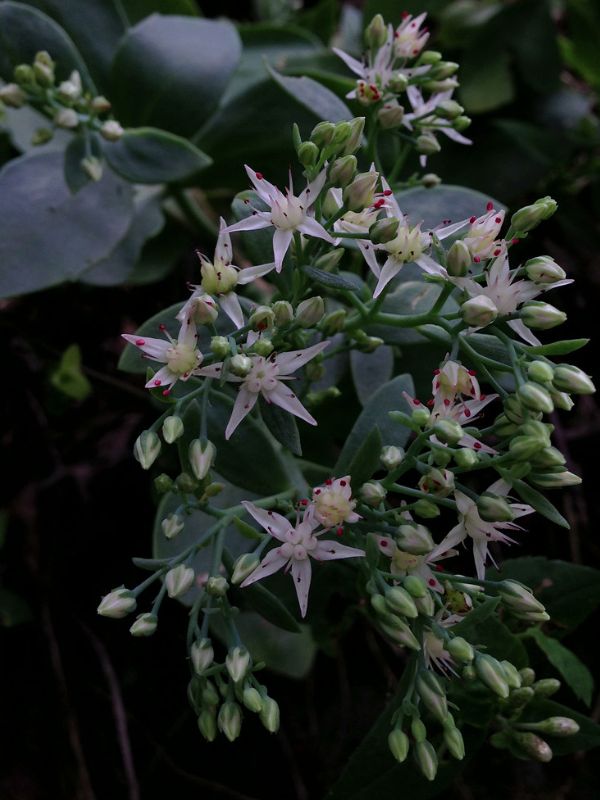
Hylotelephium telephioides is a perennial herbaceous plant with alternate, simple leaves, on succulent stems, with sparse, irregular toothing. The flowers are pale pink, borne in fall. The similar species Hylotelephium spectabile and H. telephium both have flowers that are a significantly darker pink.
II. How to Grow and Care
Sunlight
Generally speaking, allegheny stonecrop needs sufficient scattered light which should be bright and transparent. If there is not sufficient sunlight for a long time, the plant will be spindling, the tissue will become brittle, and the original color will fade slowly, as a result, the plant will grow into a loose shape, the color will turn green and yellow, and the resistance will decline.
Strong sunlight in summer may burn its leaves and stems. When exposed to the sun, it tends to grow slowly or even stop growing, its leaves grow compactly and internodes shorten, which results in shorter plants. For some succulent plants, their old leaves wither in summer and new leaves tend to be short and compact, showing a bare rod shape as a whole. In summer, you can set up a sunshade for it or move the potted plant indoors.
Temperature
Unlike other succulent plants that like high temperature, allegheny stonecrop prefers the temperature in spring and autumn or even winter, and its suitable growth temperature is 10 to 20 ℃. When the temperature is lower than 5 ℃ or higher than 30 ℃, it will enter its dormancy, which requires less watering. It can tolerate low temperature below 0 ℃ for a short period of time.
In summer, it should be noted that allegheny stonecrop cannot tolerate temperature that exceeds 30 ℃ for a long time, otherwise it is easy to suffer sunburn or even die. There is a popular species called Aeonium aureum which is also a kind of succulent plant that does not like high temperature. When it enters dormancy, it looks like a rose, which is quite unique and beautiful. Its mortality rate is very low in the condition of proper watering and good ventilation.
Watering
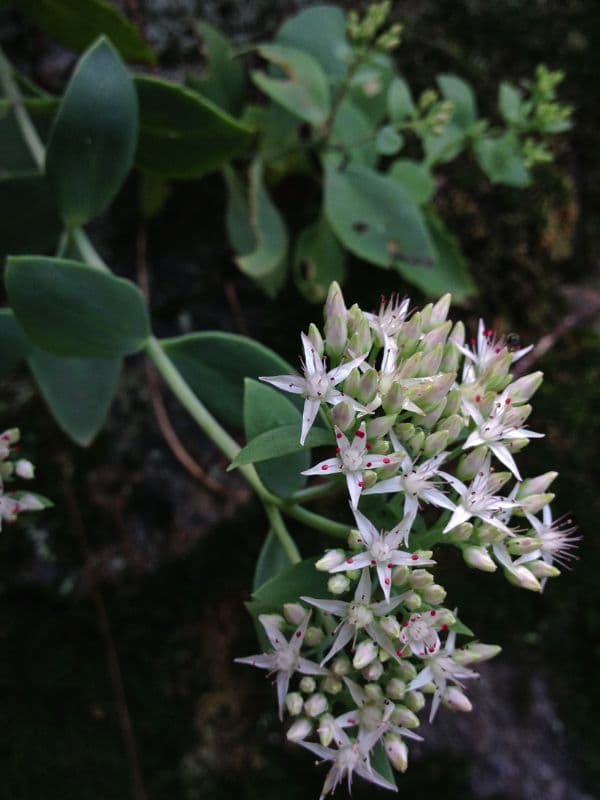
Allegheny stonecrop is a drought-tolerant plant that thrives in arid regions. It maintains a balance between water absorption and evaporation, ensuring its survival in harsh conditions. This species requires watering every week to mimic its natural habitat’s water cycle. Despite being an evergreen plant, allegheny stonecrop has a unique adaptation where it stores excess water in its leaves during the growing season, allowing it to survive periods of low rainfall.
Soil
Soil is very important for the growth of allegheny stonecrop, which must be loose and ventilated. Generally speaking, the soil is divided into three layers from top to bottom, namely, the top deco layer, the middle planting layer, and the lower hydrophobic layer, which requires different types of soils.
The top deco soil is paved on the soil surface for the decoration and fixation of plants. Some can prevent diseases and insect pests. When it’s completely dry, it’s time to water. There are many types of soil that can be used as top deco soil, such as white pebble, akadama soil, kiryuu sands, kanuma soil, etc. You can select proper ones according to different pots and plants.
The middle layer soil can fix plants and provide nutrients for plants to grow. You can buy the configured succulent planting soil directly in store, or buy soil materials to mix by yourself. The common soil formulation for this layer is peat moss:perlite:volcanic rock:vermiculite = 4:2:2:2.
The soil of the lower hydrophobic layer is placed at the bottom of the flowerpot or garden pit. It can evacuate the excess water in the succulent root system and prevent the root system from rotting due to water accumulation. The hydrophobic layer can be made of ceramsite, volcanic stone or other large-scale culture media. Coal slag or charcoal are also good choices. If it is planted in the garden, it is necessary to make sure that the bottom drainage layer is in good water permeability.
Fertilizing
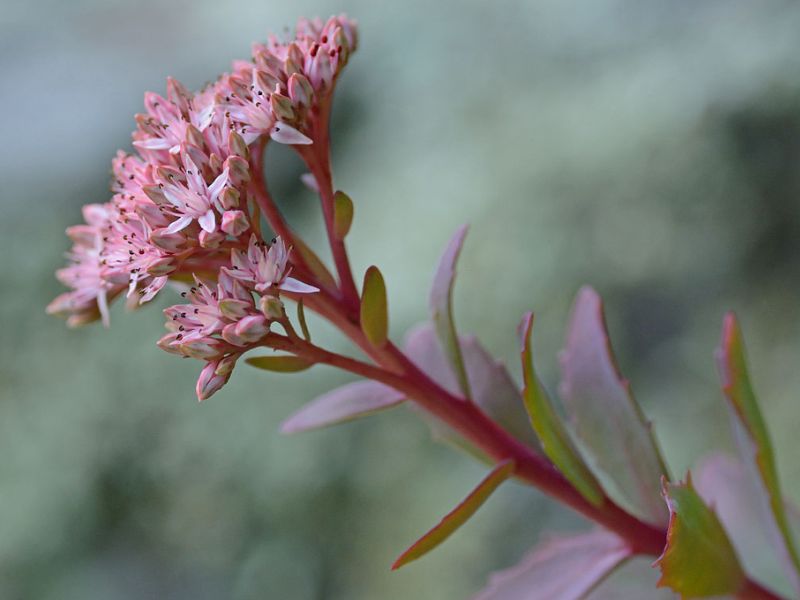
To foster robust growth and vivid blooms in allegheny stonecrop, a balanced nutrition fertilizer is ideal. Administer this semi-annually, coinciding with the onset of growth in spring and just before flowering in summer. Quarter-strength dilution of standard 10-10-10 liquid fertilizer is sufficient, preventing over-fertilization which can impair allegheny stonecrop’s hardiness.
Seasonal adjustments ensure allegheny stonecrop receives appropriate sustenance, enhancing its resilience and floral display. Apply with care, avoiding the foliage to minimize the risk of burning delicate tissues.
Planting Instructions
When planting, you can first add the soil of the lower hydrophobic layer to the flowerpot, and then add a small amount of soil of the planting layer. Then spread out the root system of the plant and put them in. Cover the plant root with planting soil slowly, then add the top deco soil, and finally pour water once. If it is planted in the garden, you need to dig a pit 1.5-2 times the size of the root system first, and then follow the above steps.
In order to make it grow better and faster, or if the roots are too dense or unhealthy, it needs to be repotted. It is recommended to repot in spring and autumn. Before repotting, stop watering a few days in advance, after the soil is dried, you can gently knock the pot outside. Or you can use a knife to separate the soil from the pot. When pulling the plant up slightly, you can easily take out the plant, and then follow the steps described in the previous paragraph.
It should be noted that, though you can plant different colors of succulent plants together, it is better to avoid planting succulent plants with different growth habits together. Some succulent plants growing in summer need water, while other succulent plants in dormancy period do not need water. If they are planted together, the succulent plant in dormancy period will become sick due to excessive watering, while the succulent in growing period will wither due to insufficient water.
Pruning
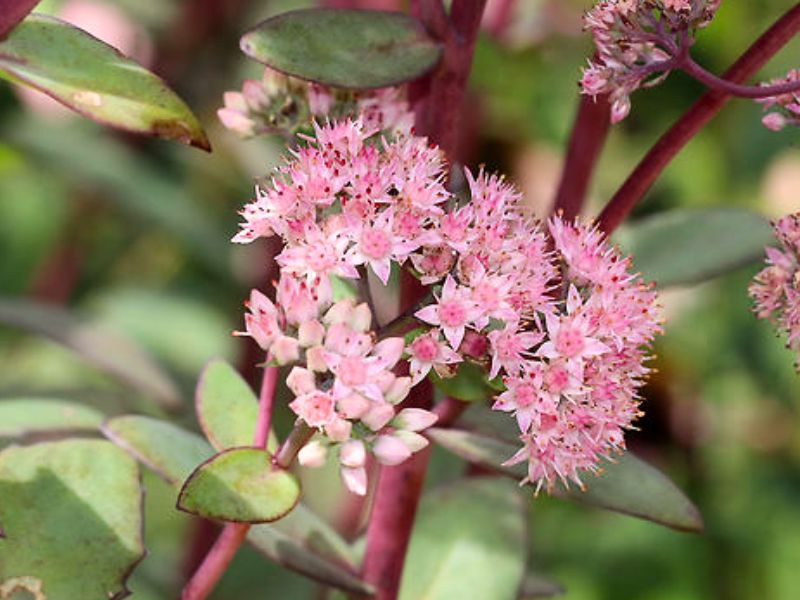
In order to keep their beautiful shape, some large succulent plants may need pruning. For example, in California, for echeveria planted in the garden, some redundant branches and branches that are too dense need to be cut off in spring and autumn. This depends on what you think and what the succulent plant is used for. Tools for pruning mainly include knife, scissors, and some medicines (such as sulfur powder).
In order to propagate new plants, we can also cut some leaves in spring and autumn for cutting. Stout stems with 5-6 leaves are often selected: cut it off with a knife, then smear the wound with sulfur powder, and plant it after the wound is healed. At this time, it is recommended to use a watering can to slightly wet the soil used for cutting.
Propagation
There are many ways of propagation of succulent plants; seeds can be collected for sowing, but they are difficult to germinate. It is more common to use leaves for cutting propagation, generally in spring and autumn. Select a whole leave of a healthy plant, cut it off with a knife, and lay it flat on the slightly humid soil, with the leaf base close to the soil. Provide it with suitable temperature (25 ℃) and light (bright scattered light). In a week or two, a bud will grow at the leaf base.
Repotting
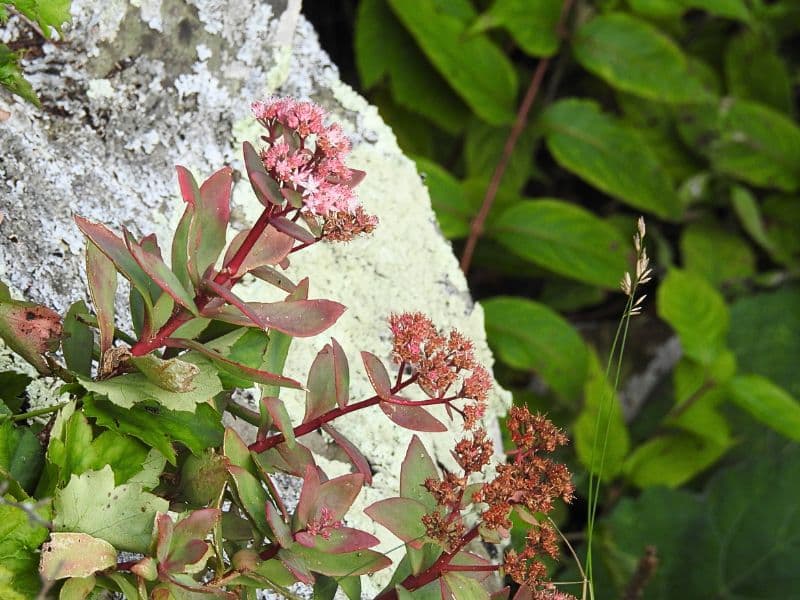
Repot allegheny stonecrop every 2-3 years during its dormant period in late winter to early spring to accommodate growth. A slightly larger pot promotes healthy expansion, but avoid overly spacious containers that can retain excess moisture. Post-repotting, place allegheny stonecrop in indirect light and resume regular watering once the plant establishes. This succulent thrives with minimal fuss, but ensuring proper drainage and avoiding waterlogging is crucial for its care.
Find Where to Buy the Best Allegheny Stonecrop (Hylotelephium telephioides)

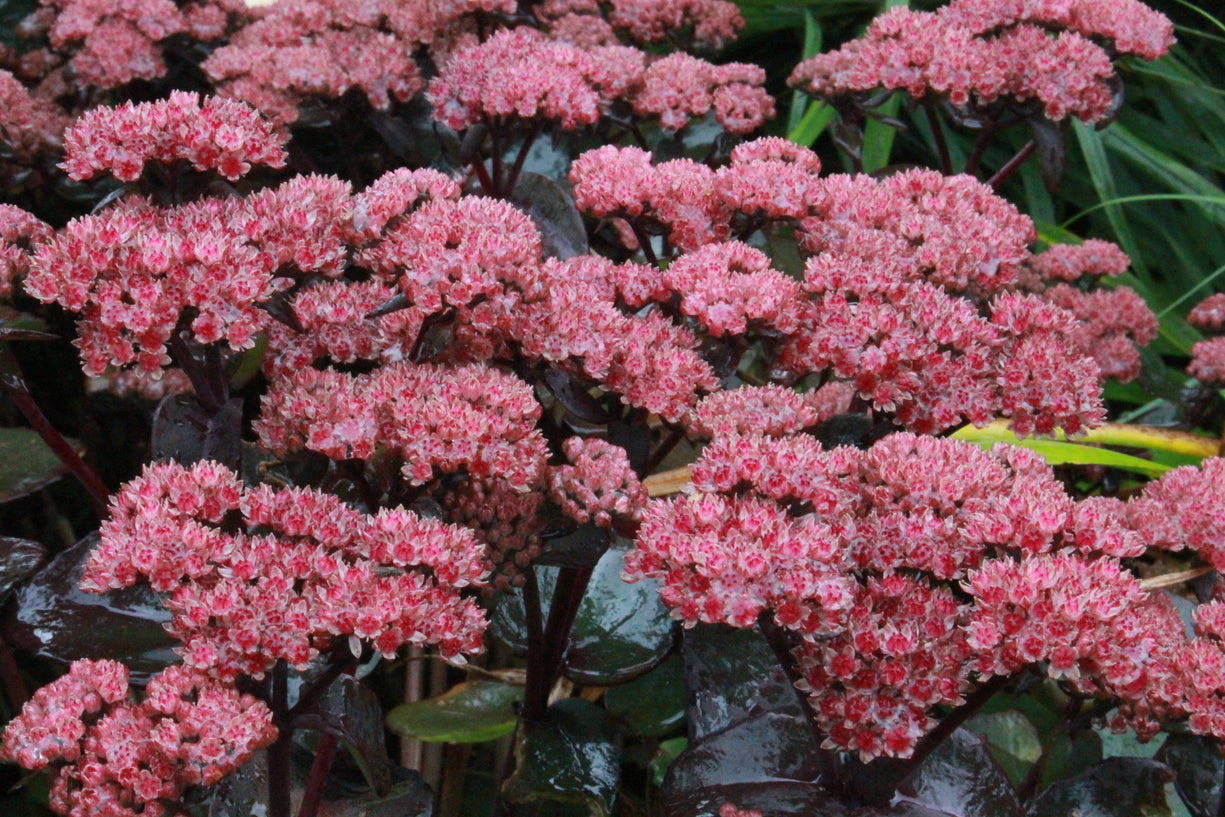



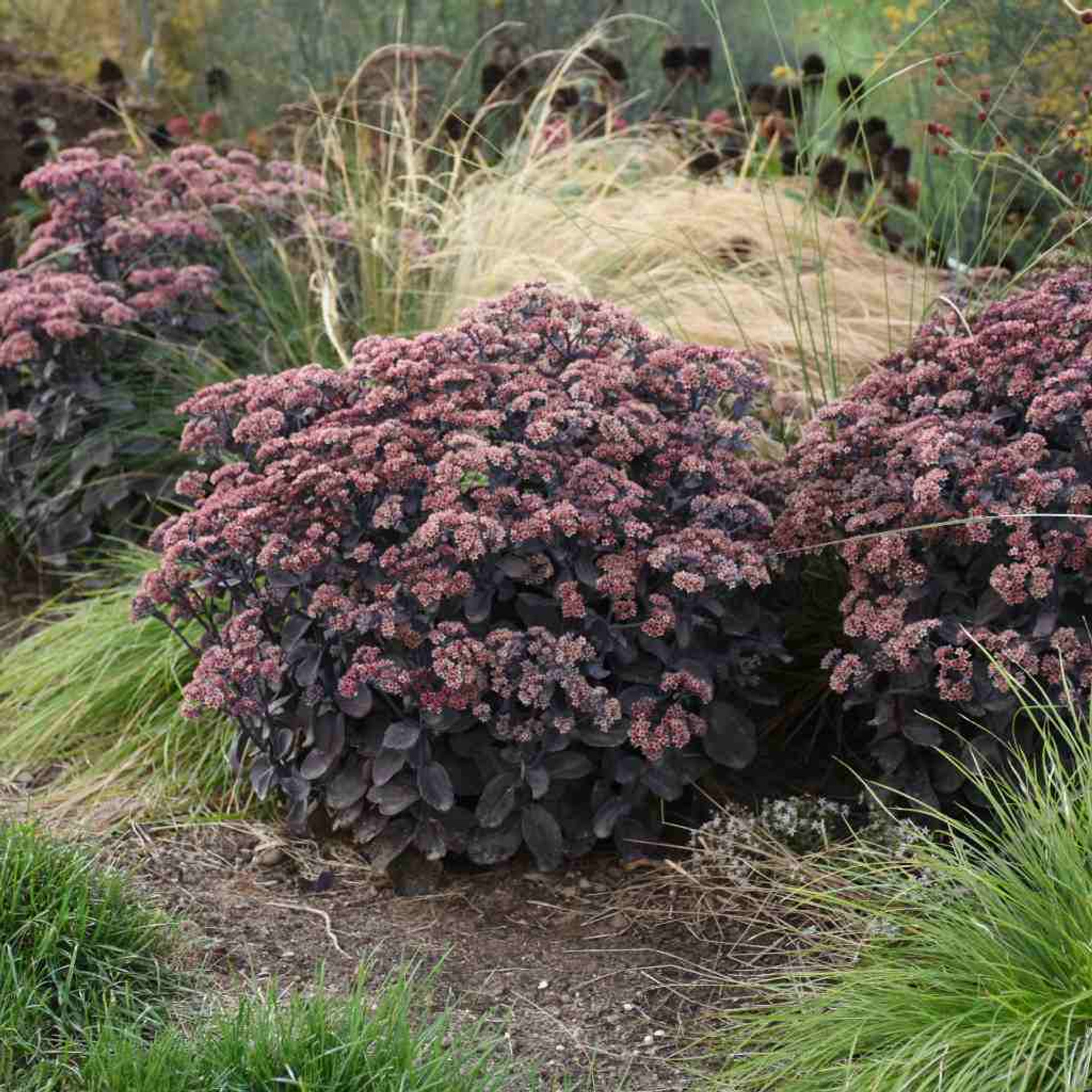








Leave a Reply